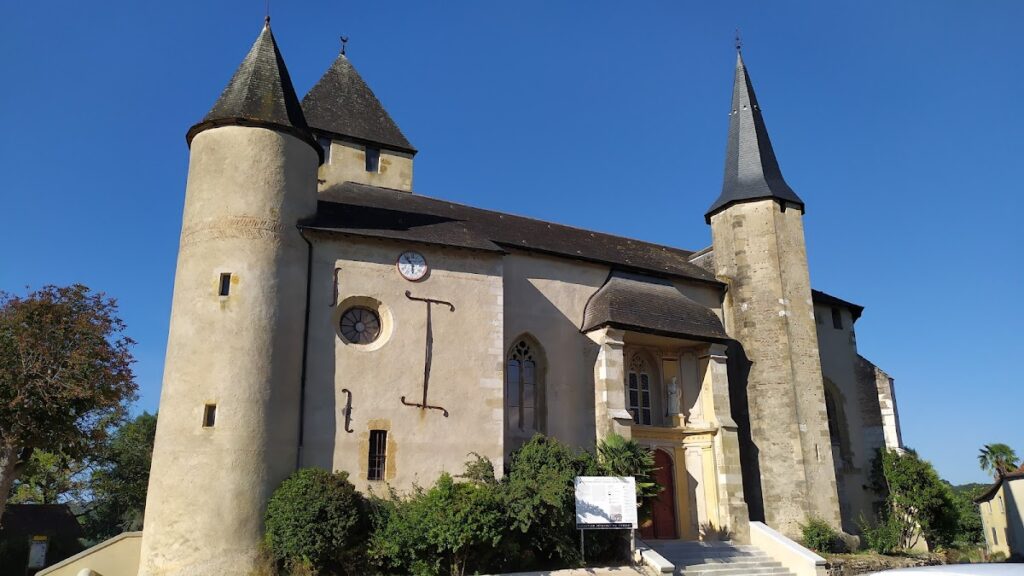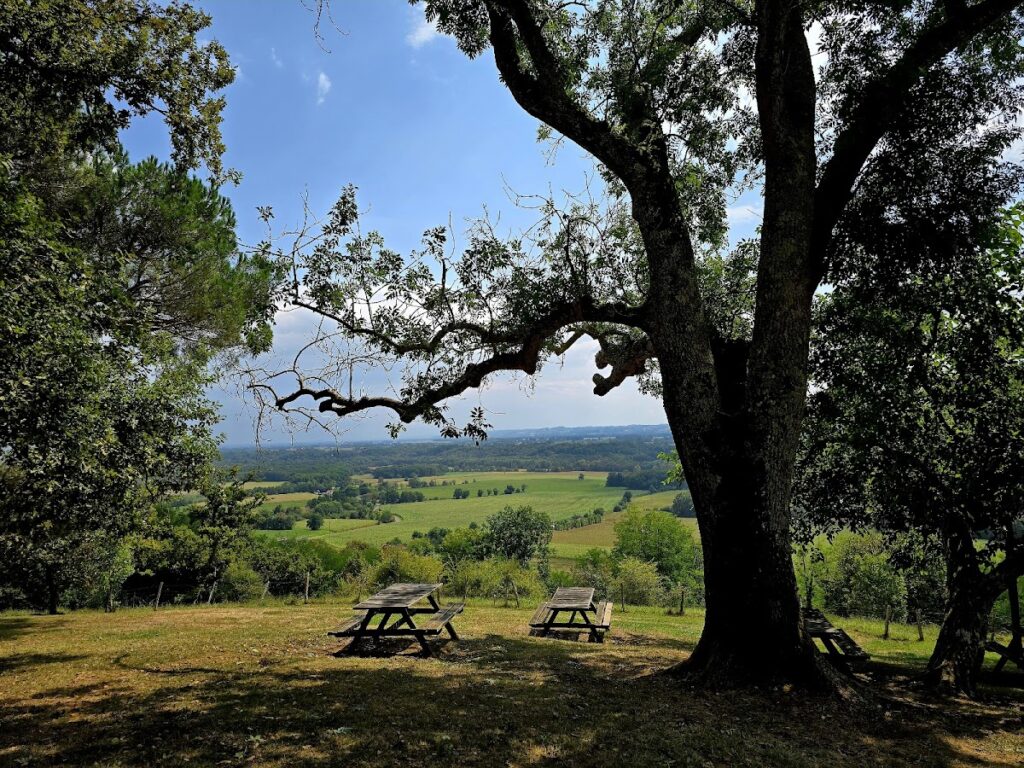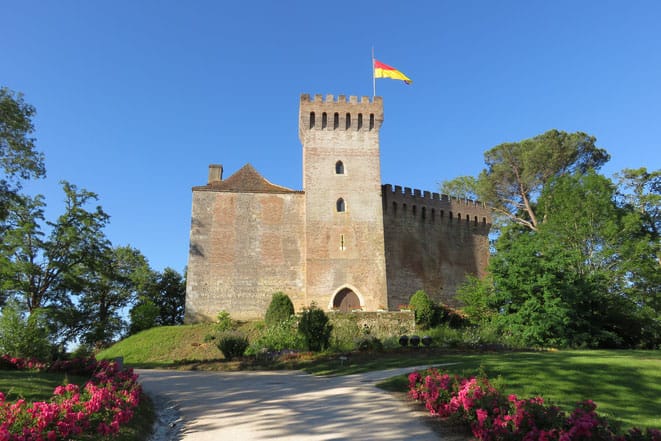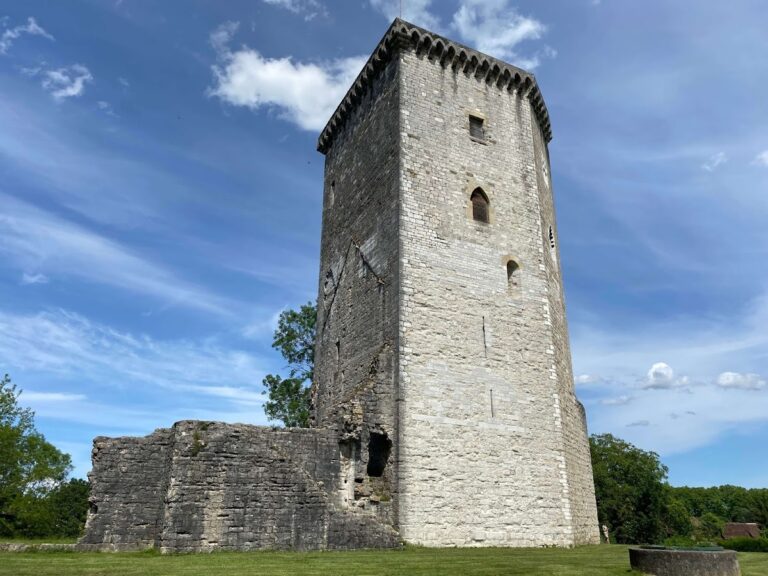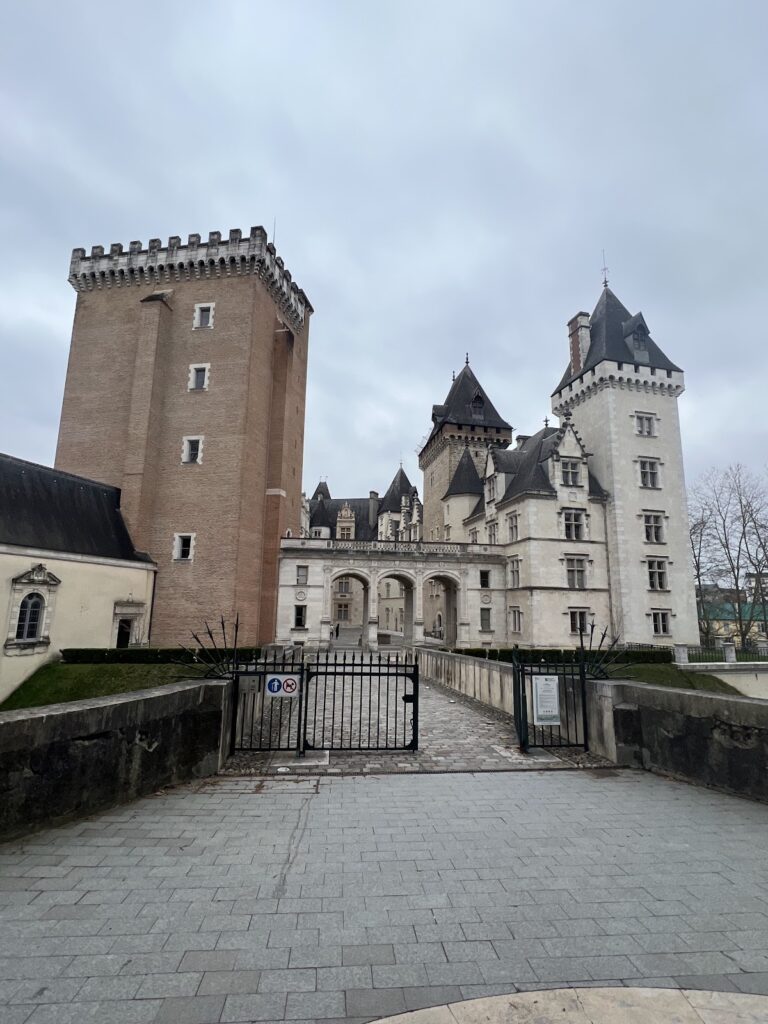Château de Morlanne: A Medieval Castle in Morlanne, France
Visitor Information
Google Rating: 4.5
Popularity: Low
Google Maps: View on Google Maps
Official Website: www.chateaudemorlanne.fr
Country: France
Civilization: Unclassified
Remains: Military
History
The Château de Morlanne is situated in the commune of Morlanne, France. It was built during the medieval period by the people of the Béarn region, then part of the broader feudal landscape of southwestern France.
The castle originated in the late 14th century, around 1370 to 1373, when Gaston Fébus, also known as Gaston III of Foix-Béarn, commissioned its construction as part of a defensive network guarding Béarn’s borders. Its purpose was to oversee the neighboring English-controlled territory of Gascony. Sicard de Lordat served as the architect, and the first proprietor of the fortress was Arnaud-Guilhem de Béarn, Gaston Fébus’s half-brother.
In the years that followed, ownership changed hands several times. By 1469, the castle was sold by Catherine de Coarraze to Odet d’Aydie, a nobleman from Gascony who enjoyed the favor of King Louis XI of France. The d’Aydie family retained possession until the middle of the 16th century, after which the castle moved through the De Montesquiou family and eventually to Isaac de Freixe. The latter was a marshal under Louis XIV, and during his tenure in 1643, the estate was elevated to the status of a barony.
The Freixe family maintained control of the Château de Morlanne until 1816. The final family member known from this line served as a counselor to the Parliament of Navarre, highlighting the castle’s continued integration into regional governance structures. Subsequently, the property passed to Albert de Domec during the 19th century.
Over time, particularly in the 20th century and following the disruptions of World War II, the castle fell into disrepair. Its condition deteriorated until 1969 when historian Raymond Ritter acquired and undertook extensive restoration, aiming to revive the castle’s medieval military characteristics. Several years later, in 1975, the Ritters donated both the castle and its collection of art to the local Pyrénées-Atlantiques département. That same year, the Château de Morlanne was officially recognized and protected as a monument historique.
Remains
The Château de Morlanne stands on a raised earthwork known as a motte—a circular mound that is distinct from the surrounding plateau of the village. This positioning at the southern edge of Morlanne provided a commanding vantage point for surveillance and defense in medieval times. The castle’s outer walls form a seven-sided, or heptagonal, enclosure constructed primarily from brick. Within this brickwork, sections incorporate sandstone and rounded river pebbles arranged to create decorative patterns resembling fern leaves. At the corners of this enclosure, large, carefully cut stones, some bearing sculptural marks from earlier structures, reinforce the walls, a sign of both strength and reuse of older materials.
The defensive perimeter features two towers integrated into the enceinte, along with a square keep made from brick. Access to the keep was originally by a drawbridge, a secured and elevated entry typical of fortified residences in the Middle Ages. Another entrance—smaller but similar in design—is located on the southwest portion of the wall and likely served as the castle’s primary gateway.
A semi-circular moat filled with water surrounds the northern base of the motte, providing a protective barrier where the elevated mound connects to the village plateau. This defensive water feature also guards the area near the fortified village church, emphasizing the strategic relationship between castle and parish.
Within the castle walls lies a manor house dating from the late 1500s. This residence consists of two square stories built mainly of brick. Nearby stands an outbuilding from the same period, distinguished by its plastered walls and a traditional curved tile roof, arranged in a lean-to style.
Restoration efforts led by Raymond Ritter focused on reviving key medieval elements. He rebuilt the upper portion of the square keep and restored sections of the western wall’s battlements. Earlier alterations from the 18th and 19th centuries, including additional windows, were removed to return the castle closer to its original defensive appearance.
Inside, the château holds valuable furnishings and artworks that reflect later historical periods. The collection includes paintings by noted artists such as Maurice Quentin de La Tour, Jean Honoré Fragonard, and Canaletto. Tapestries and sculptures also enrich the interior spaces. Specific rooms showcase historic decorative styles, including a bedroom from the Consulate and Empire periods featuring mahogany beds, a Louis XVI room adorned with silk wall hangings, and a library bearing the inscription “Le Roi – La Nation – La Loi,” a motto tied to the Constitutional Monarchy era.



